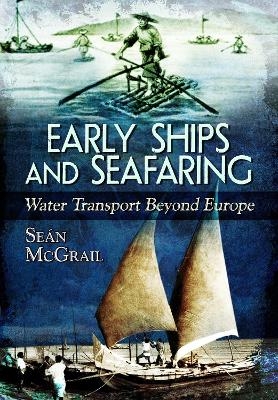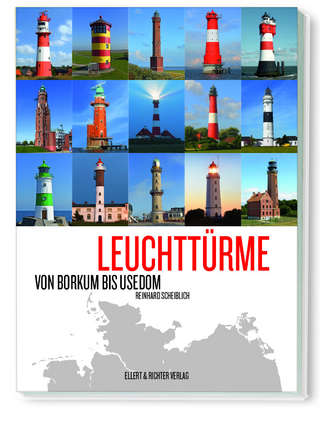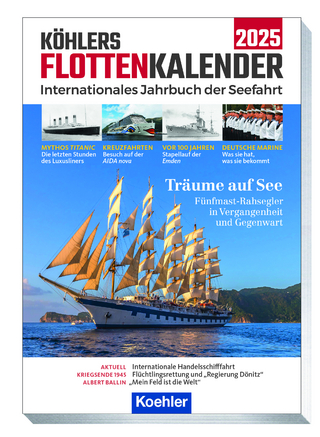
Early Ships and Seafaring
Water Transport Beyond Europe
Seiten
2023
Pen & Sword Archaeology (Verlag)
978-1-3990-1946-0 (ISBN)
Pen & Sword Archaeology (Verlag)
978-1-3990-1946-0 (ISBN)
In this book, Professor McGrail's study of European water transport is extended to Egypt, Arabia, India, South-east Asia, China, Australia, Oceania and the Americas. Each chapter presents a picture of ancient boatbuilding and seafaring that is as accurate and as comprehensive as it is now possible to achieve. The early rafts and boats of those regions were, as in Europe, hand-built from natural materials and were propelled and steered by human muscle or wind power. This volume ranges in time from the Prehistoric period to today when a number of such traditional craft continue to be built.
In Egypt, not only have accounts, models and illustrations of ancient rafts and boats survived, but also a number of early vessels have been excavated some dated as early as the 3rd Millennium BC. In regions such as the Americas, on the other hand, where few ancient craft have been excavated, we are able to draw on accounts and illustrations compiled, from the 16th century AD onwards, by European seamen and explorers. In most regions of the world a variety of water transport has been built, limited only by the raw materials available. On the island of Tasmania, however, an early rise in sea levels cut contacts with Australia, leaving Tasmanians with simple types of Stone Age water transport that survived in use until Europeans discovered them.
Worldwide, much remains to be learnt about early water transport by excavation, and by ethnographic studies of those traditional rafts and boats that have survived.
In Egypt, not only have accounts, models and illustrations of ancient rafts and boats survived, but also a number of early vessels have been excavated some dated as early as the 3rd Millennium BC. In regions such as the Americas, on the other hand, where few ancient craft have been excavated, we are able to draw on accounts and illustrations compiled, from the 16th century AD onwards, by European seamen and explorers. In most regions of the world a variety of water transport has been built, limited only by the raw materials available. On the island of Tasmania, however, an early rise in sea levels cut contacts with Australia, leaving Tasmanians with simple types of Stone Age water transport that survived in use until Europeans discovered them.
Worldwide, much remains to be learnt about early water transport by excavation, and by ethnographic studies of those traditional rafts and boats that have survived.
PROFESSOR SEÁN MCGRAIL is widely regarded as a leading authority on the subject of boats and ships within archaeology. After serving in the Royal Navy from 1946 to 1968, he graduated with a BA at the University of Bristol in 1971, and in 1978 gained a Ph.D. at University College, London with a thesis on The Longboats of England in Wales. In 1988 he was awarded a D.Sc. by the University of Oxford. He was Chief Archaeologist at the National Maritime Museum, Greenwich from 1974 to 1986, and Professor of Maritime Archaeology in the Institute of Archaeology, Oxford from 1986 to 1993, before becoming Visiting Professor at the University of Southampton. He died in 2021.
| Erscheinungsdatum | 01.11.2023 |
|---|---|
| Zusatzinfo | 70 Illustrations |
| Sprache | englisch |
| Maße | 156 x 234 mm |
| Themenwelt | Natur / Technik ► Fahrzeuge / Flugzeuge / Schiffe ► Schiffe |
| Geisteswissenschaften ► Archäologie | |
| Geisteswissenschaften ► Geschichte ► Teilgebiete der Geschichte | |
| ISBN-10 | 1-3990-1946-5 / 1399019465 |
| ISBN-13 | 978-1-3990-1946-0 / 9781399019460 |
| Zustand | Neuware |
| Informationen gemäß Produktsicherheitsverordnung (GPSR) | |
| Haben Sie eine Frage zum Produkt? |
Mehr entdecken
aus dem Bereich
aus dem Bereich
internationales Jahrbuch der Seefahrt
Buch | Softcover (2024)
Koehler in Maximilian Verlag GmbH & Co. KG
23,95 €


